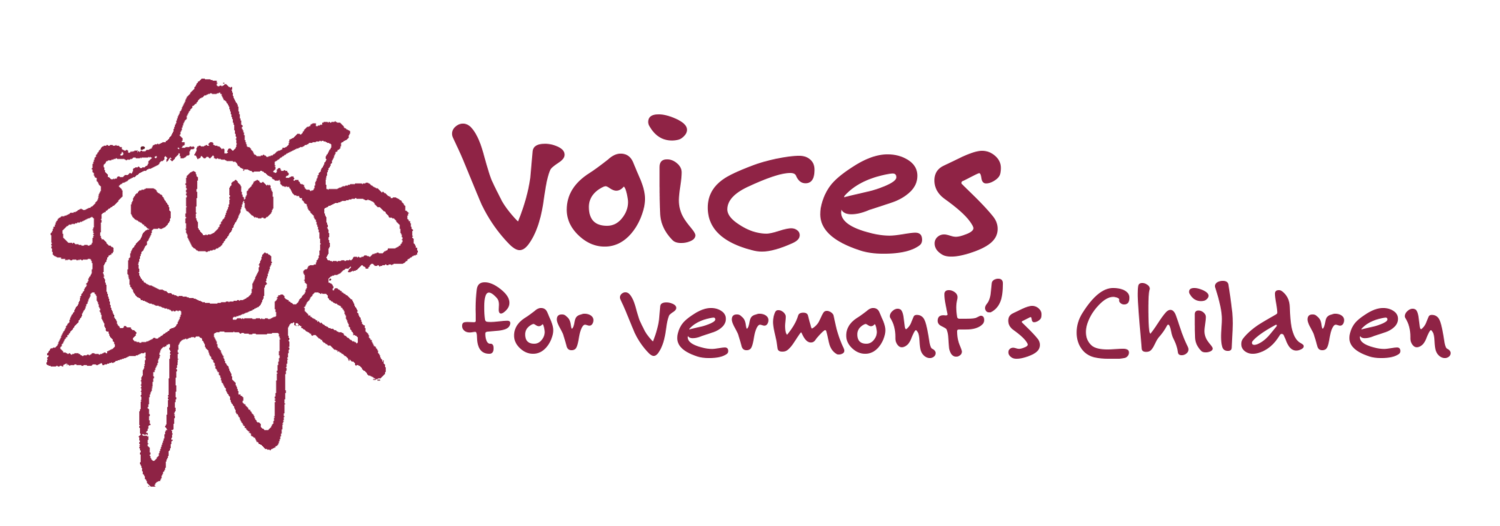Beyond the poverty rate: what are families really working with?
Last week, the U.S. Census Bureau released several important annual estimates about economic security in 2019 in the United States.
A commonly used and long-standing indicator is the estimate of how many people have incomes below the official federal poverty threshold, usually called simply the “poverty rate.” In 2019 the Official Poverty Rate for children in Vermont--those in households with incomes below the poverty threshold--was estimated to be 10% - about 11,000 kids.
The threshold used to measure this is updated every year, and varies according to household size and composition. The thresholds for 2019 were $17,622 for a one child, one adult household and $25,926 for a two child, two adult household.
In Vermont, the Legislative Joint Fiscal Office has calculated the annual income needed to meet basic needs in rural Vermont at $45,971 and $84,736 for these same household compositions, with higher incomes needed in urban areas.
This discrepancy captures one of the shortfalls of the poverty rate: that a family can be “above poverty” and still be experiencing significant economic hardship. In fact, a family could be making one cent more than the threshold and be counted as not in poverty.
The Census Bureau also released the Supplemental Poverty Measure (SPM) estimates, which are a much more comprehensive measure of resources. Rather than just measuring cash income, the SPM takes into account taxes, expenses, and benefits, in addition to allowing for variability in housing costs across geographies and between owners and renters. (For more detail on the SPM, why it’s useful and how the two measures differ, see this helpful infographic from the Census Bureau).
According to the Supplemental Poverty Measure, 11%, or about 13,000 kids, can be considered “in poverty” in Vermont.
The SPM is sometimes described as a way to examine whether all the policies and actions that affect economic security are working together to lift people out of poverty. As much as Vermont has provided in support of families, we also have significant burdens that remain un-mitigated.
This year, all of this data is also subject to another big caveat: that the COVID-19 pandemic has caused a rapid economic upheaval which reverses many of the gains the economy, and families in it, may have made in recent years. Current poverty, by any measure, cannot be said to be lower at this moment in time.
However, these numbers do show one very important thing that remains true: When families move “out of poverty” according to the official poverty measure, they often remain well below incomes that could provide economic security. People who are below two times the poverty threshold (what is often called “low income”); three times the threshold (which is closest to what our State’s Basic Needs Budget lays out); and only half the poverty threshold, also need to be carefully counted. In 2019, for example, Vermont estimates show a slight decrease in official poverty for children - but the same percentage of children - 30% - remain “low income.”
33,274 kids total were estimated to be below 200% of the Official Poverty Threshold in 2019, amounting to 30% of all children.
We must pay closer attention to the many gradations of economic security and how they intersect with the resources available to families, using the Supplemental Poverty Measure and a comprehensive look at where we are supporting families and where support is lacking. We must recognize that the actions we take to protect family economic security are hugely impactful even in more stable times, just as they are in precarious ones. We should embrace the safety net as an integral part of a stable and resilient society.

